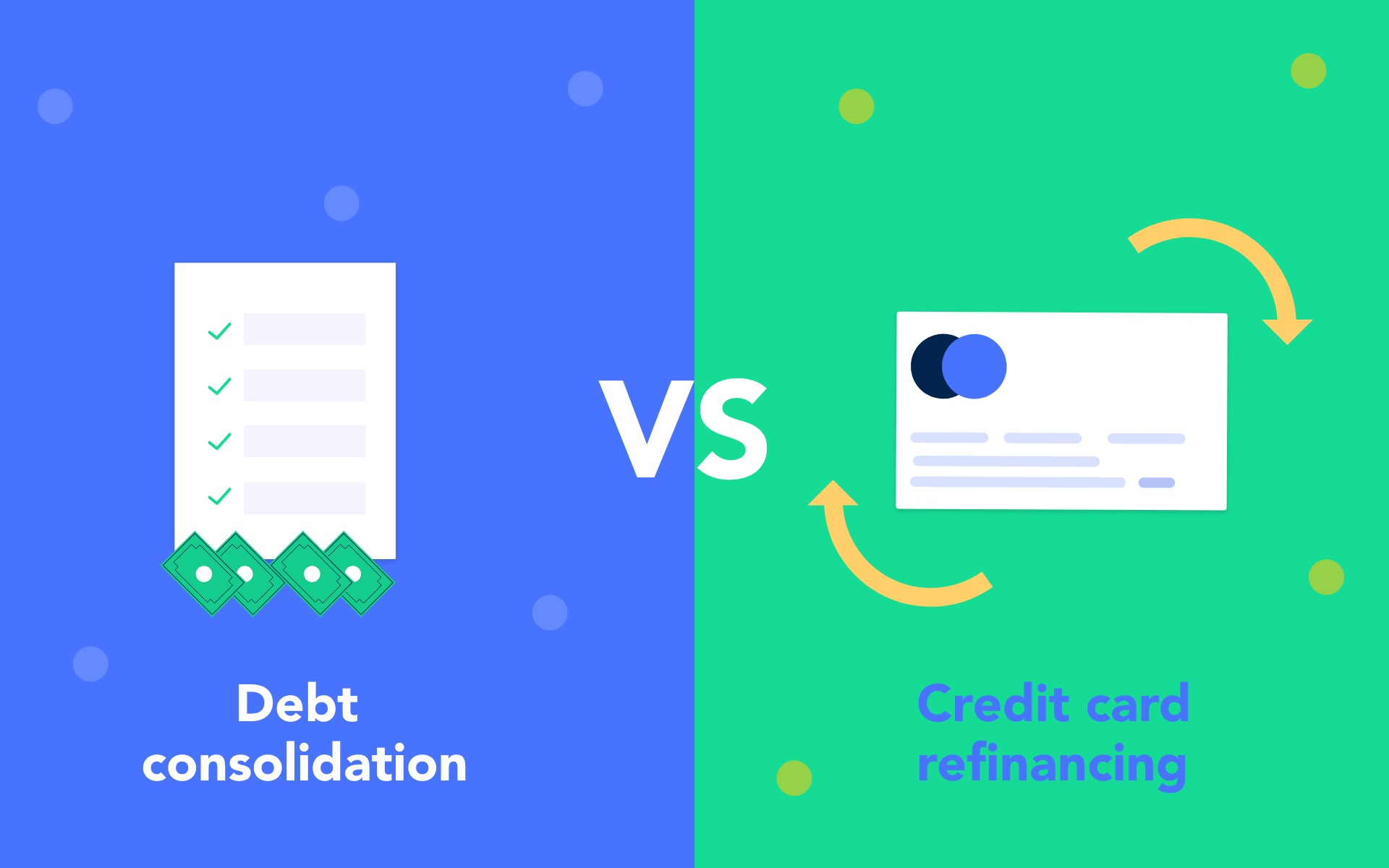Home>Finance>Call Ratio Backspread Definition, How To Use It, Example


Finance
Call Ratio Backspread Definition, How To Use It, Example
Published: October 21, 2023
Learn how to effectively use the Finance Call Ratio Backspread strategy, including a detailed definition and a practical example.
(Many of the links in this article redirect to a specific reviewed product. Your purchase of these products through affiliate links helps to generate commission for LiveWell, at no extra cost. Learn more)
Unlocking the Power of Call Ratio Backspread in Your Financial Strategy
When it comes to managing your finances, there are a multitude of strategies available to help you maximize your earnings and mitigate risks. One such strategy that you may not be familiar with is the Call Ratio Backspread. In this blog post, we will dive into the definition of call ratio backspread, how to use it, and provide an example to help you grasp the concept. Let’s get started!
Key Takeaways:
- Call Ratio Backspread is an options trading strategy that involves selling a higher number of out-of-the-money call options and buying a lesser number of in-the-money call options.
- It is primarily used when the trader expects a moderate increase in the underlying asset’s price.
Understanding Call Ratio Backspread
What is Call Ratio Backspread?
Call Ratio Backspread is an options trading strategy that involves selling a higher number of out-of-the-money call options and buying a lesser number of in-the-money call options. This strategy is typically implemented when the trader expects a moderate increase in the price of the underlying asset.
How Does Call Ratio Backspread Work?
- The trader creates a ratio by selling a larger quantity of out-of-the-money call options than the number of in-the-money call options they purchase.
- The premium received from selling the out-of-the-money call options helps offset the cost of buying the in-the-money call options.
- If the price of the underlying asset remains stable or declines, the trader makes a profit from the premium received by selling the out-of-the-money call options.
- If the price of the underlying asset increases significantly, the trader can benefit from the abundant number of call options they sold, which now have increased value.
Example of Call Ratio Backspread:
Let’s say you are considering implementing a call ratio backspread on stock XYZ. Here’s a hypothetical example:
- Assume the current price of stock XYZ is $100 per share.
- You sell 3 out-of-the-money call options with a strike price of $110 for a premium of $4 each, giving you a total premium of $12.
- You buy 2 in-the-money call options with a strike price of $95 for a premium of $6 each, costing you a total of $12.
- If the price of stock XYZ remains below $110, you keep the entire premium of $12 as profit.
- If the price of stock XYZ increases to $120, the value of the 3 out-of-the-money call options you sold would be $30 each, giving you a total value of $90.
- In this scenario, even though you lose $30 on the in-the-money call options, your net profit would be $90 – $30 = $60.
Incorporating Call Ratio Backspread Into Your Financial Strategy
Now that you have a clear understanding of call ratio backspread, you can consider incorporating it into your financial strategy. However, it’s important to note that options trading carries risks, and it is advisable to consult with a financial advisor or professional before executing any trades.
When using call ratio backspread, keep these two key takeaways in mind:
- Call ratio backspread is best suited when you expect a moderate increase in the price of the underlying asset.
- The risk of unlimited loss is present if the price of the underlying asset rises significantly.
Remember, knowledge and understanding are key when it comes to options trading strategies. By leveraging tools like call ratio backspread, you have the potential to enhance your financial outcomes by making informed decisions.
Disclaimer: The content provided in this blog post is for informational purposes only and should not be considered as financial advice. Always consult with a professional before making any investment decisions.














